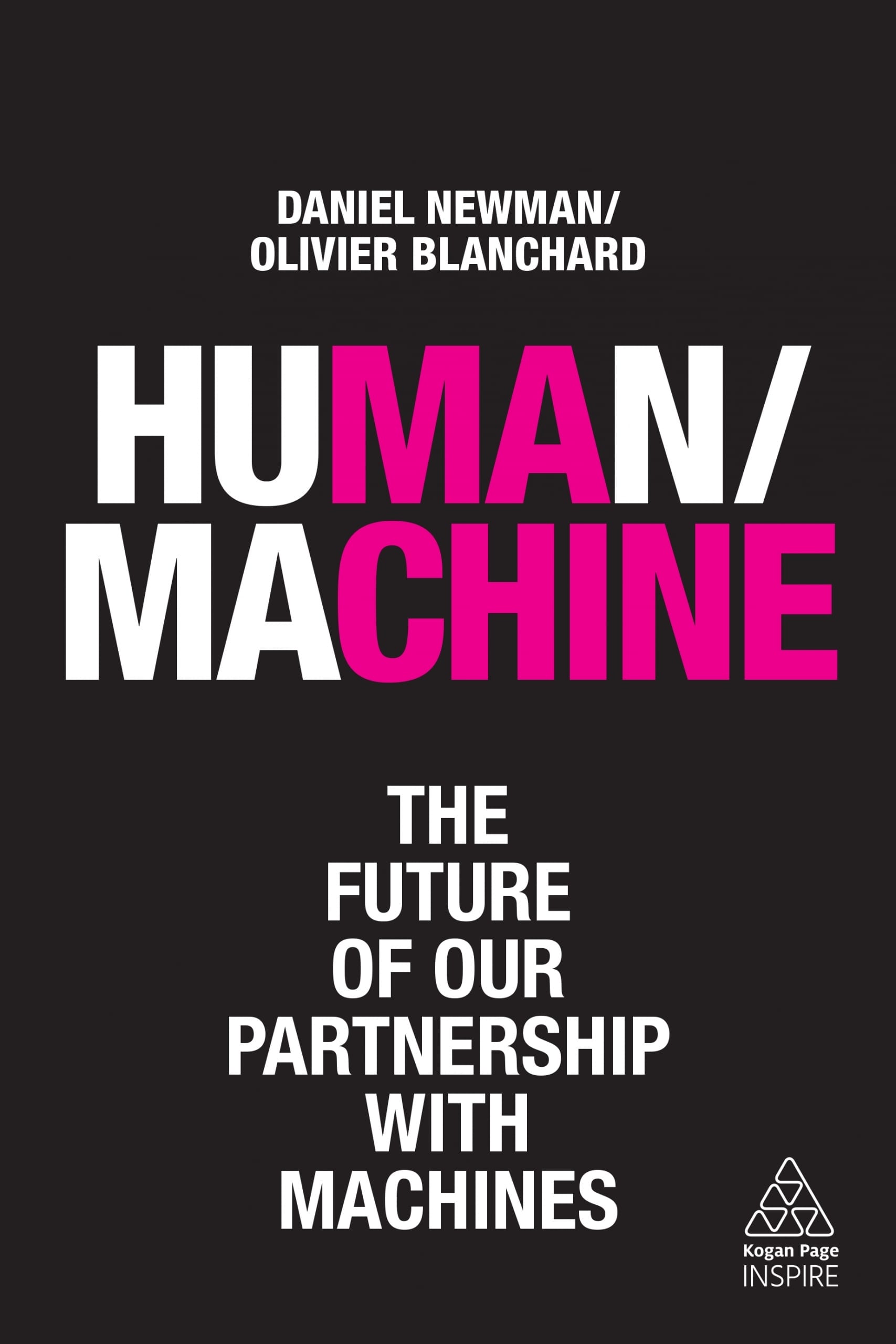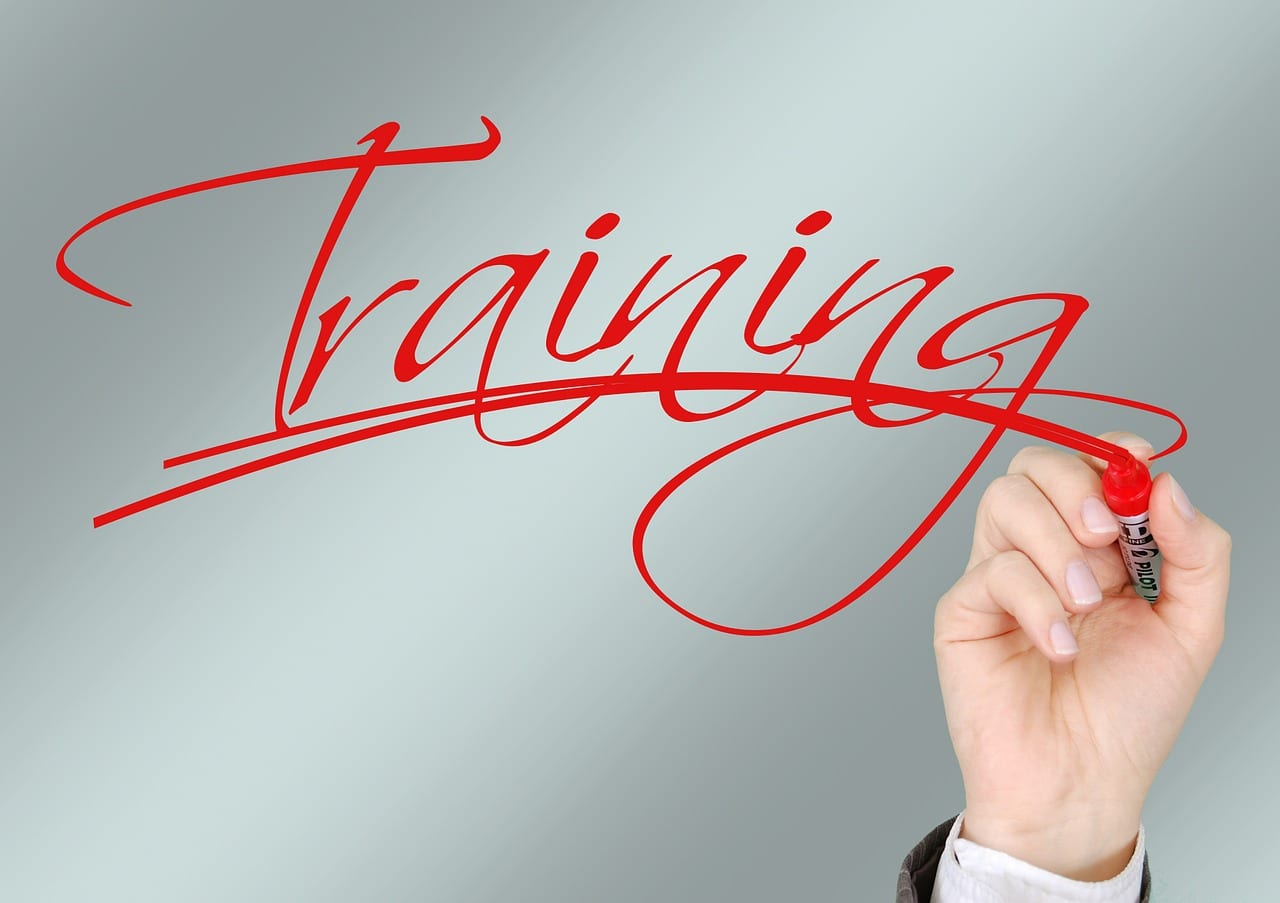7 Healthcare Industry Trends for Employers to Keep a Lookout For

As a healthcare provider, you must pay attention to the healthcare industry trends. You don’t want to be caught flat footed as patterns related to administration and labor in the health care sector shift rapidly. Here are some of the key trends you can look out for in 2020.
1. Artificial Intelligence
No industry can speculate about the future without touching on the impact of artificial intelligence. The health care sector is not an exemption. AI will change how you run your routine activities for the better.
AI will also have a critical impact on opening the avenue for people and technology to connect. You can expect notable improvements in healthcare delivery through this convergence. Consequently, there’ll be easier monitoring and analysis during the process of health care delivery.
You can expect to have the best tools to handle patients as AI revolutionizes the sector. Artificial Intelligence will also help in curing the current shortage of health professionals in the United States. But are you ready for this significant shift?
You may need to prepare your organization for the transformation that AI will have in the industry. Part of this prepping may include recruiting tech-savvy employees. You may also need to invest in research to ensure that you’re up to date with the technological advancements in the sector.
2. Out of Hospital Care
Your approach to health care is about to change in a way that will disrupt routine operations. In-patient services, as we know them, often involve admission into a health care facility during the time of treatment. But with the evolution of digital health, out of hospital care may soon ouster the in-patient procedure, albeit not entirely.
The rising costs of in-patient care have become a constant barrier to medical access. Such concerns are fueling the growth of out of hospital settings as patients seek alternative care.
Digital health platforms have become critical drivers of this health care evolution. Devices, such as the RPM devices, telehealth platforms, and mHealth applications, will define the future of out of hospital medical services.
You may need to keep track of such healthcare industry trends and invest in digital health if you’re keen on remaining relevant. Employers may need to train their staff on the relevance of digital health. You may also need to focus on the recruitment of employees with the capacity to steer the digital health transformation process.
3. The Emergence of Block-Chain
How much data is in your possession currently? Well, most health care providers grapple with the large volumes of data in their databases after years of record keeping. Records are an essential part of the health care delivery process, considering the delicate nature of the health care industry.
But this data storage headache will be a thing of the past soon. The introduction of the block chain system will revolutionize how you store digital data and significantly reduce your space-related concerns. Blockchain systems ease the process of storage, retrieval, and distribution of data.
You no longer have to worry about the transfer of data across the various departments within the organization. With blockchain, you also don’t have to worry about the limitations of compatibility. Such efficiency in data sharing will improve health care delivery processes.
As blockchain systems become commercially available, employers in the health care setting will need to train their staff on the operational dynamics of the systems. Employing highly innovative individuals will be crucial in making blockchain systems a useful tool.
4. Innovations in Care Models
The traditional patient was a passive observer with fewer expectations from caregivers. But the current and future patients have a common characteristic. They are overly involved in the healthcare provision process.
Such a trend will lead to a higher demand for transparency as the ecosystem changes. You may need to orient your staff towards embracing future-focused care models, which focus on personalized products. Such models will ensure that the organization stands out as being in touch with the health needs of modern patients.
You may need to invest more in virtual care technologies. For instance, modern virtual techniques are critical when handling matters related to consultancy. Such models ensure that you remain responsive to your patient’s needs.
5. The Demand for High Capacity Human Talent Will be among the Key Healthcare Industry Trends
The wave of technology and innovations is unstoppable. But as you focus on your investment in research and design, you must also think about recruiting top talent into your organization.
It would be best if you had such exceptional human talent to keep the wheel of innovations and stellar performance going. But most health care providers grapple with how to attract top talent in the healthcare field. Once you figure out how to address this common concern in the US healthcare system, you’ll be on a path to higher levels of efficiency and quality health care delivery.
6. Voice-Based Virtual Assistance
The United States’ aging population will continue to increase as more baby boomers hit 65 years and above. Health care for these elderly individuals will move more towards home care as chronic ailments affect their mobility.
As such, more healthcare providers are moving to invest in virtual assistants, with the capacity to provide health care support to the elderly at home. As voice assistants move towards handling more sophisticated health needs, you may need to focus on training and skills enhancement to ensure that your organization remains relevant.
7. Virtual Health Care Management
No one thought the health care delivery process would get here, but this trend may catch up sooner than you would think. As telehealth becomes an ever so present reality, the focus will now move towards virtual management of health care.
Imagine owning a health care facility without the intrigues of a physical footprint? Well, this may become a probable outcome soon. But you’ll need to invest in the right people to handle such a sophisticated functional approach.
With more medical schools offering courses in such futuristic health care trends, finding a suitable virtual health care manager will require a thorough recruitment process.
Out With the Old And In With the New
The only constant thing in any industry is change. As the health care sector moves into a new decade, these seven healthcare industry trends will make a critical difference. You may need to take cognizance of such patterns and prepare your organization for the effects the trends will have on service delivery.
Explore our other posts for more insightful content.

 Automation will not replace jobs outright but augment and enhance them by streamlining and simplifying certain repetitive or low-value tasks. In the case of the machine operator, manual labor and routine tasks are most likely to be automated, while management, team-building, employee training and production supervision may now find themselves moved into priority roles. Likewise, our professional’s routine and computational tasks may find themselves automated, making room for other priorities like management, employee development and technology upskilling.
Automation will not replace jobs outright but augment and enhance them by streamlining and simplifying certain repetitive or low-value tasks. In the case of the machine operator, manual labor and routine tasks are most likely to be automated, while management, team-building, employee training and production supervision may now find themselves moved into priority roles. Likewise, our professional’s routine and computational tasks may find themselves automated, making room for other priorities like management, employee development and technology upskilling.
 This article is adapted from
This article is adapted from  If you are involved in the hiring process for your company, you are very likely wise to the fact that searching for and hiring a new employee is no easy task. Along with the pressure of making sure you fill a vacancy in a timely manner, comes the task of sifting through hundreds, maybe thousands of applications to find the ideal candidates.
If you are involved in the hiring process for your company, you are very likely wise to the fact that searching for and hiring a new employee is no easy task. Along with the pressure of making sure you fill a vacancy in a timely manner, comes the task of sifting through hundreds, maybe thousands of applications to find the ideal candidates.
